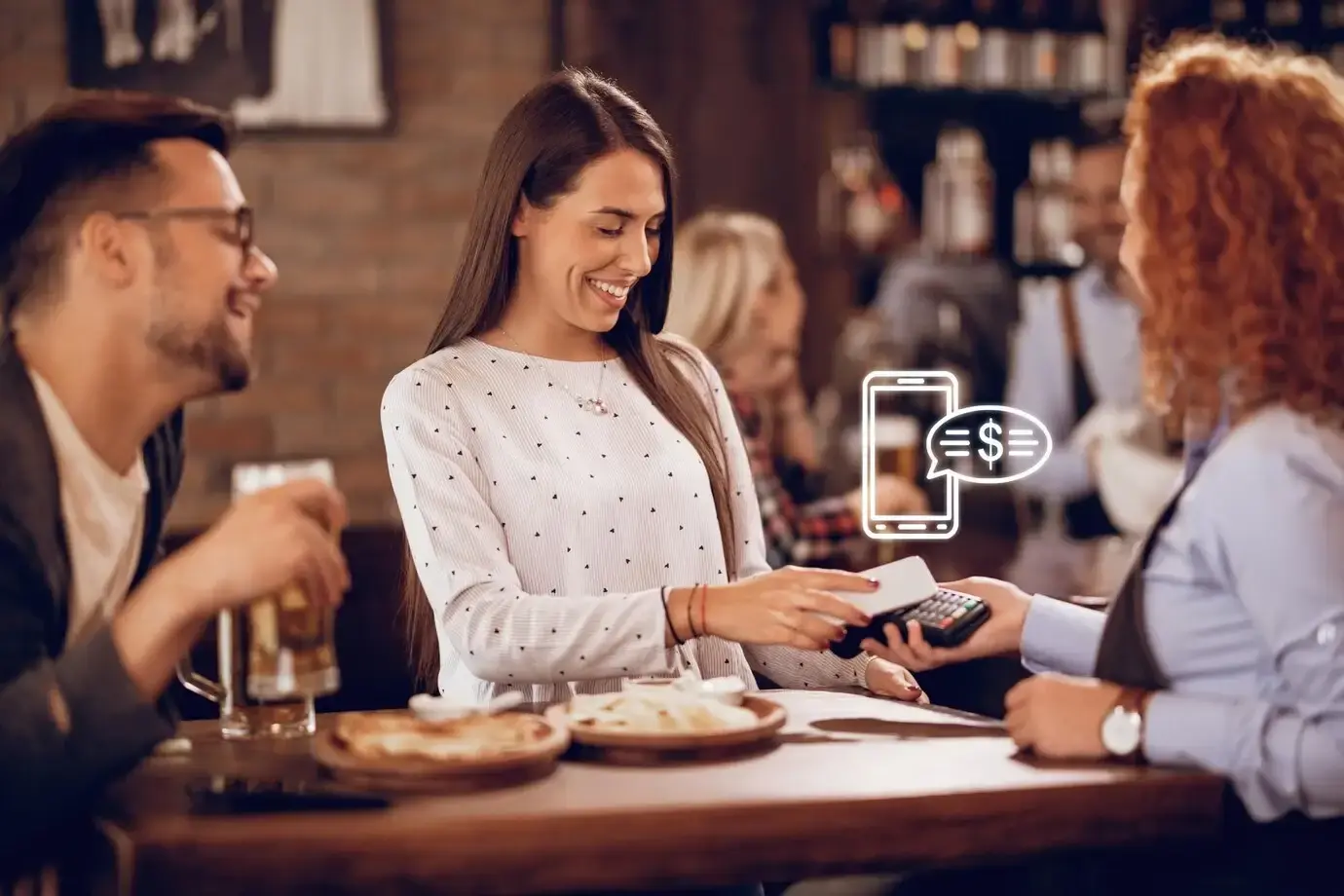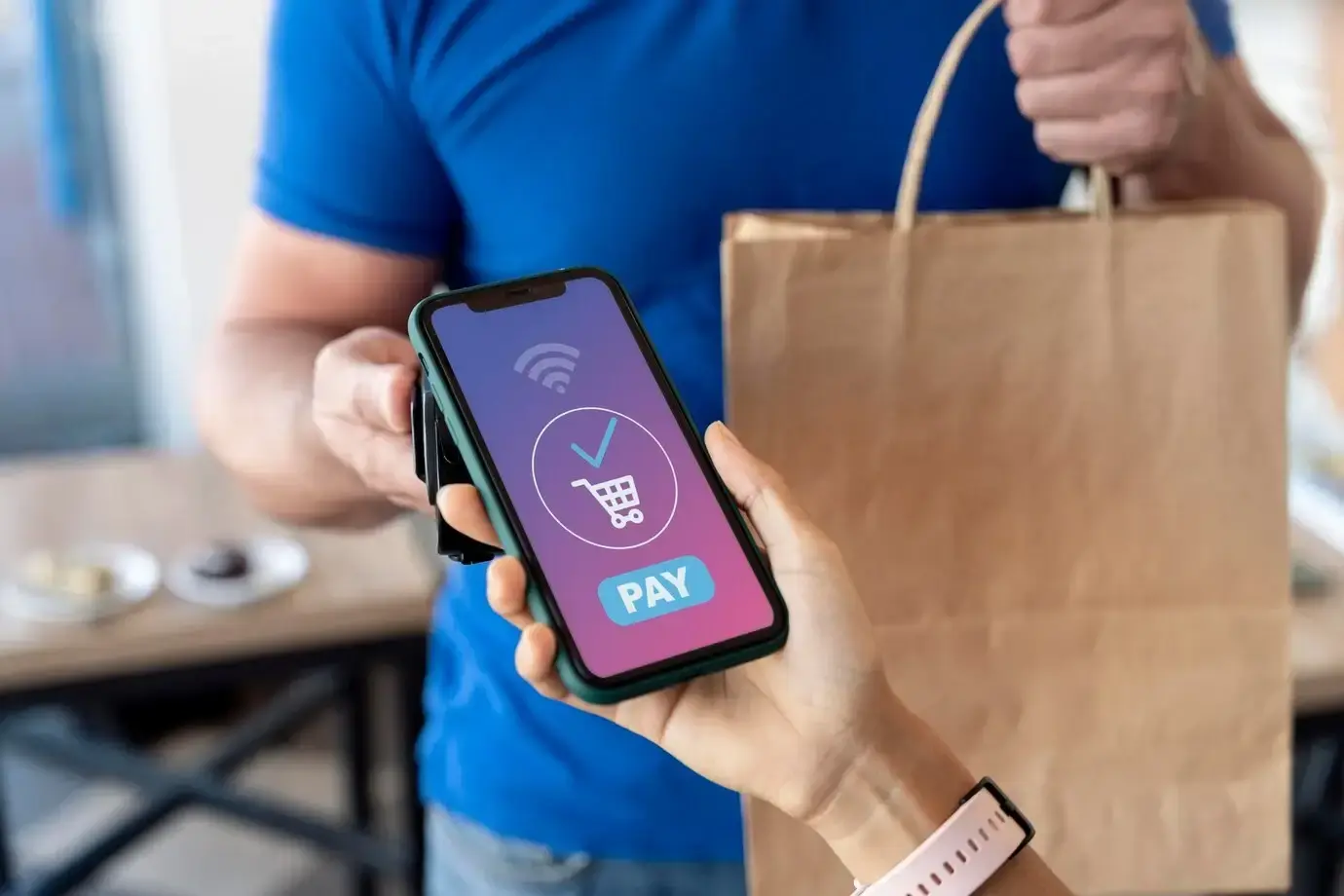If you own a restaurant or plan on starting one, you’re likely interested in the market's profitability. In 2024, revenue in the food market reached USD 10.07 trillion and is expected to grow by 6.53 percent every year.
However, the food industry is highly competitive. So, what should you do to ensure that your restaurant grabs more attention and gains more customers?
In this article:
- Things to Consider When Choosing Restaurant Apps and Software
- 7 Apps and Software for Restaurants
Focusing on building your online presence and investing in the right apps and software for restaurants can be a great place to start.
These digital transformation initiatives can enhance your visibility, streamline operations, and contribute to business growth.
Building Your Restaurant Presence Online (7 Steps)
- Identify your target market
- Create a website
- Make content for your customers
- Keep track of analytics
- Optimize your Google My Business
- Be active on social media
- Invest in paid advertising
Your restaurant's growth and success lie in its ability to be visible and relevant in the digital world. Knowing the critical factors to elevating your marketing can lead to excellent results, especially if you’re a small business. Fortunately, there are many ways to increase brand awareness online.
1. Identify your target market
It is best to define your target audience before marketing yourself digitally. What kind of people are they? What are their needs that your restaurant can meet? You must answer these questions to strategize accordingly.

Image by Drazen Zigic on Freepik
2. Create a website
If your goal is to establish your presence online, you must make a website for your restaurant. A domain in your restaurant's name will allow potential customers to find you easily.
You have complete control over how your business is presented on your website. Whether your restaurant is formal and fancy or quaint and quirky, you can showcase what makes it appealing through your website.
3. Make content for your customers
Customers love having options, so you can easily guess that they’re also considering your competitors’ offers while they look at yours.
Better yet, you can add a digital menu to your website using POWR. It doesn’t require coding or a developer.

Image by rawpixel.com on Freepik
4. Keep track of analytics
Adopt a mindset of continuous improvement. If your target market has received your website positively, you should track what worked and identify which areas could improve.

Image by Myriam Jessier on Unsplash
Optimizing your landing pages can help generate leads. Use keyword tracking and reconstruct pages with high bounce rates.
5. Optimize your Google My Business
You must work on your Google My Business profile if you have a brick-and-mortar business. This strategy will help maximize visibility and customer trust.
An optimized GMB account provides insights about your business and offers a visual glimpse of your establishment, helping you appear on local search results.
6. Be active on social media
Social media is essential for your restaurant's digital transformation. Its power is astounding for visibility and engagement. You can increase your brand's visibility and gain loyal customers by being active on key platforms.

Image by Freepik
Explore influencers in the restaurant space to partner with and align your social content accordingly.
7. Invest in paid advertising
Sponsored ads are a tried-and-tested way to increase brand awareness. With modern ad targeting, you can reach specific demographics effectively. Routinely check ROI to ensure campaigns are worthwhile.
Importance of Having the Right Apps and Software

Image by Freepik
When running a business, you may have many things to do quickly. That’s why having the right software and apps is essential.
They can increase efficiency, boost productivity, improve customer service, and support data-driven decisions.
Besides streamlining your restaurant’s operations, tech tools lay the foundation for long-term success.
Things to Consider When Choosing Restaurant Apps and Software

Image by gpointstudio on Freepik
Figuring out which apps and software are most suitable for your business might be intimidating. Here are some guiding questions:
Where is there room for improvement?
Identify which business areas need fixing or boosting, and ask your staff for input.
What do you want the app to do?
Determine what features the app should have to solve existing problems.
Where can you find the right website apps?
Research available solutions. POWR has many options you can use for free.
Which one is suitable for your business goals?
Compare price, functionality, and reviews to find the best fit.
Can I test it out?
Take advantage of free trials before subscribing to ensure the tool meets your needs.
7 Apps and Software for Restaurants
- Accounting
- Point-of-sale (POS) systems
- Online ordering
- Third-party delivery
- Payroll
- Scheduling
- Training

Image by Drazen Zigic on Freepik
Adapting to a digital environment can be pivotal for your restaurant. A 2020 Panasonic survey found that 71% of food businesses consider digital transformation vital for agility.
1. Accounting Software
Keeping your finances in order is crucial to running a successful business. Accounting software reduces human error and improves workflow efficiency.
Options include:
- QuickBooks Online — Cloud-based, easy interface, suited for restaurants.
- Zoho Books — Manages finances across devices and improves collaboration.
- FreshBooks — Ideal for small to medium-sized businesses with automation features.
2. Point-of-Sale (POS) Systems
A POS system helps record transactions and integrate with other tools for efficiency.
Research shows that 69% of restaurant owners value integration above all. Popular options:
- SpotOn: Integrates online ordering, reservations, and rewards.
- Square: Great for quick-service restaurants with takeout or delivery.
- Toast: Android-based, user-friendly, and scalable.
3. Online Ordering Software
You can increase sales by integrating online ordering tools like POSApt. Top picks:
- BentoBox: Sleek design, inventory management, and promo tools.
- ChowNow: Connects your menu to high-traffic sites.
- Cloudwaitress: Best for restaurants with established customer bases.
4. Third-Party Delivery Apps
Though they charge fees, delivery apps expand reach and convenience.
Options:
- DoorDash: Widely recognized and convenient.
- GrubHub: Integrates directly into your website.
- Delivery.com: Offers food delivery and group ordering.
5. Payroll Software
Payroll software automates salary computation and improves accuracy. Recommended:
- Gusto: Provides automatic and unlimited payroll runs and manages payroll taxes and filings.
- QuickBooks Payroll: Try it here. User-friendly and cost-efficient.
- OnPay: Cloud-based HR payroll tool ideal for SMBs.

Image by Freepik
6. Scheduling Apps
Scheduling software helps manage shifts and time-offs efficiently. Popular apps:
- ZoomShift: Intuitive interface and responsive support.
- 7Shifts: Great for small restaurants managing shifts and attendance.
- Homebase: Centralized staff view and shift tracking.
7. Training Apps
Training software ensures consistency across employee onboarding and performance tracking. Options:
- KiwiLMS: Cloud-based onboarding solution.
- Paradiso: Customizable learning experiences.
- TalentLMS: Excellent UX for food and service training.
Level Up Your Business by Going Digital
Many factors contribute to a business’s success. Elevating your online presence and investing in the right tools can transform your restaurant’s future.
Use this guide to drive your marketing initiatives and explore POWR tools for your next step in digital transformation.


